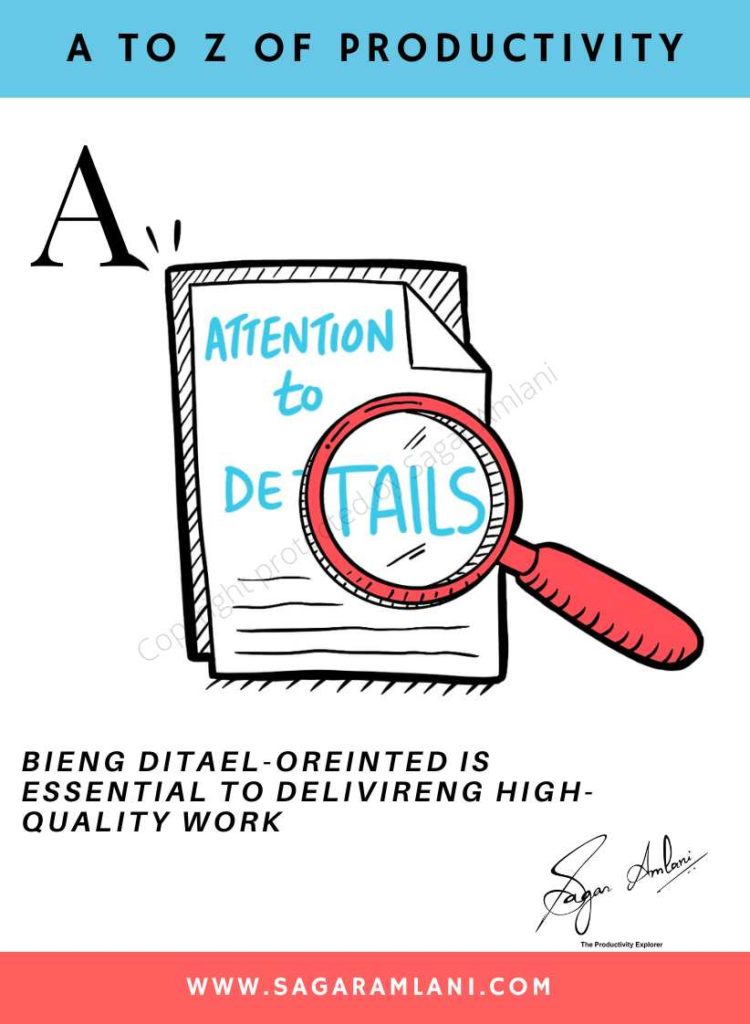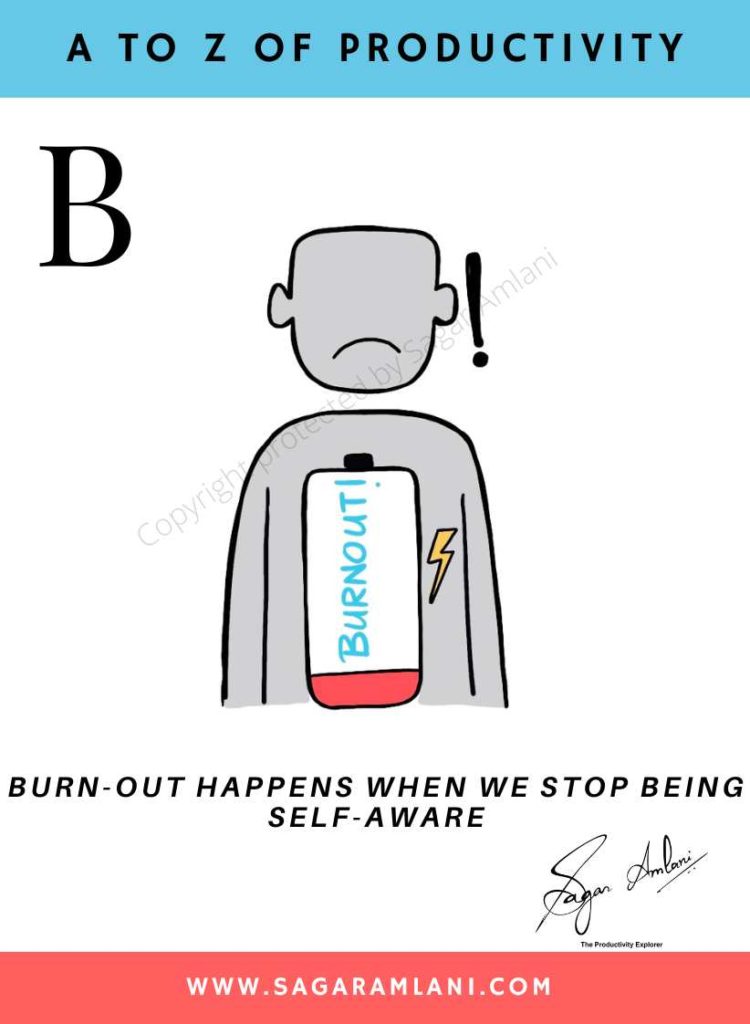Find Your Vision
Many individuals live by the day; if you ask them what they have achieved and wish to achieve, you will be surprised to know they have no specific answer.
Having a vision connects you to your higher purpose, builds accountability, and provides inertia to achieve the desired aspirations.
If you are reading this post, it shows that you are inclined to learn. Let me know how you enjoyed the series of A to Z of productivity.
Visioning provides the organization or an individual with a clear sense of direction and a robust selection of power. It gives an individual the sense of being empowered in something essential (Goodstein et al., 1993)
A study conducted in 2016 highlights that individuals with clearly defined vision are 84% more successful than those who live life by the day.
Let’s understand the five specific benefits that come from having a personal vision statement:
It becomes easier to make decisions.
It provides you with a sense of direction.
It helps you determine your long-term and short-term goals.
It will motivate you when you are at the crossroads of your life (do check out my book: At the Crossroads of Life)
It will help you live a balanced life.
A personal vision statement is a statement that describes your values, your strengths, and your goals. It can be focused on life or professional goals, and it is intended to orient you toward your long-term dreams. It is a tool to help guide your actions when important decisions have to be made or in particular transition moments.
Successful people frequently review their personal vision statement to get a sense of direction, and fulfillment and to live their days more joyfully.
A personal vision statement should contain:
Your interests
Your skills
Your values
What the world needs, how can you make the difference
Your goal
Japanese philosophy addresses having your purpose as Ikigai, a long-term goal aligned to all the areas above. Your Ikigai can provide you with a sense of purpose and direction. Some people call it life’s purpose.
How do you create a vision that truly drives you?
Start with a purpose:
What is the ultimate goal you want to achieve?
What motivates you or your organization to do what you do?
Be specific: A vision should be clear and concise. It should define what you want to achieve, how you will achieve it, and the timeline for achieving it.
Involve stakeholders: A shared vision is more likely to be embraced by all members of an organization. Involve your team, customers, and other stakeholders in the visioning process to create a sense of ownership and commitment.
Communicate and reinforce: Once you have a vision, communicate it consistently and regularly to keep it top of mind. Use it as a guide for decision-making, and celebrate the progress made towards achieving it.



